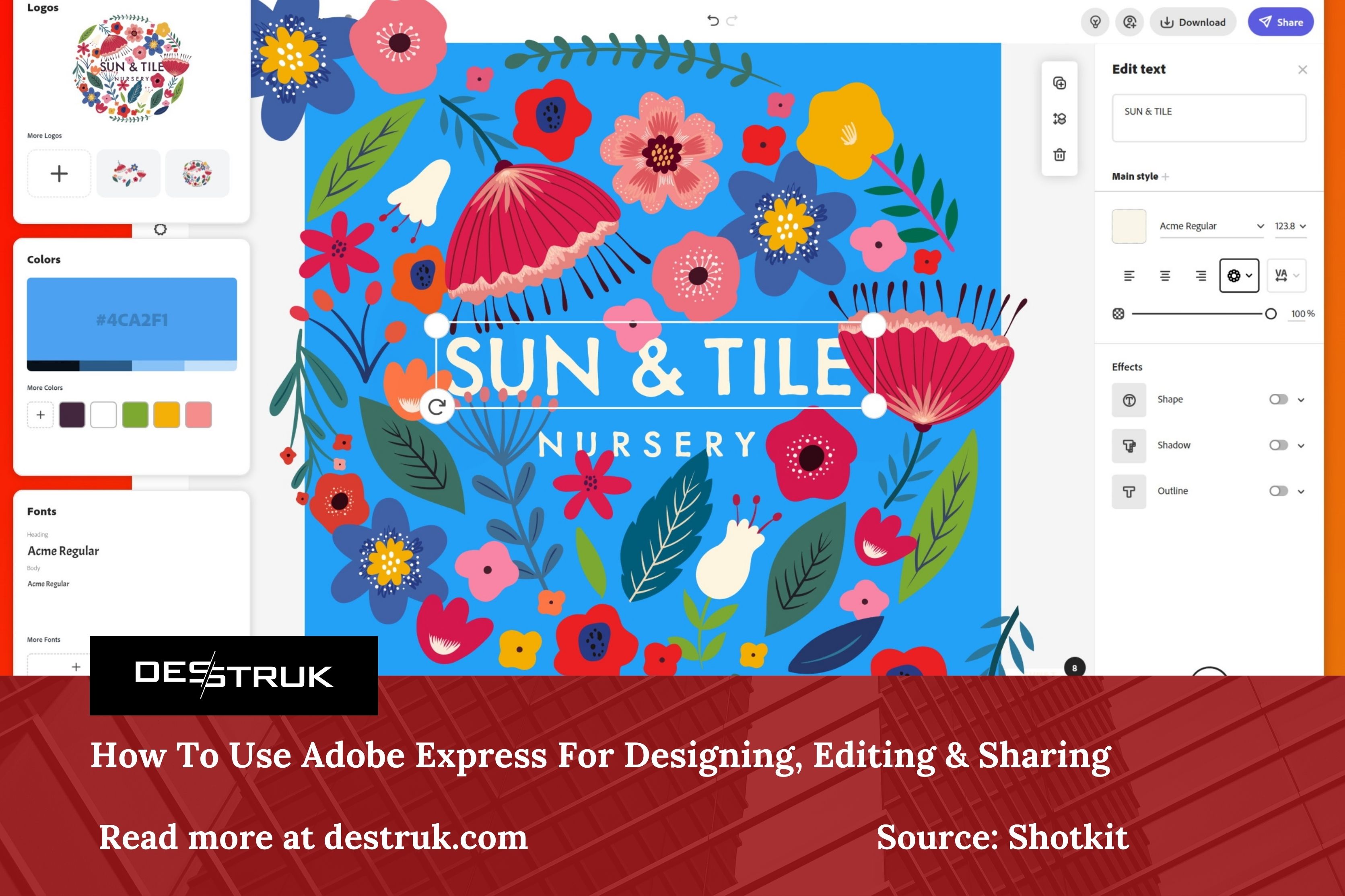Google Bard
What is Google Bard?
Google Bard is an AI-powered chatbot tool designed by Google to simulate human conversations using natural language processing and machine learning. In addition to supplementing Google search, Bard can be integrated into websites, messaging platforms or applications to provide realistic, natural language responses to user questions.
How does Google Bard work?
Google Bard was updated with the Gemini large language model in December 2023.
Gemini and the models that preceded it — Pathways Language Model 2 (PaLM 2) and Google’s Language Model for Dialogue Applications (LaMDA) — are based on Transformers, Google’s neural network architecture released in 2017. Because Google released the Transformer architecture as open source, it has been the framework for other generative AI tools, including the GPT-3 language model used in ChatGPT.
Bard is designed around search. It aims to allow for more natural language queries, rather than keywords, for search. Bard’s AI is trained around natural-sounding conversational queries and responses. Instead of just giving a list of answers, it provides context to the responses. It is also designed to help with follow-up questions — something new to search. Bard has a share conversation function and a double check function that helps users fact-check generated results.
Bard can also access information from a number of Google apps and services, including YouTube, Maps, Hotels, Flights, Gmail, Docs and Drive, letting users apply Bard to their personal content.
The initial version of Bard used a lighter-model version of LaMDA that requires less computing horsepower to scale to more concurrent users. The incorporation of the PaLM language model lets Bard be more visual in its responses to user queries. Bard incorporates Google Lens, which lets users upload images in addition to written prompts. The incorporation of Gemini enables more advanced reasoning, planning and understanding.
When was Google Bard released?
On March 21, 2023, Google began opening access to Bard, inviting users to join a waitlist. On May 10, 2023, Google removed the waitlist and made Bard available in over 180 countries and territories.
Google Bard was initially announced on Feb. 6, 2023, with a vague release date. Many believed that Google felt the pressure of ChatGPT’s success and positive press leading them to rush Bard out before it was ready. For example, during a live demo by Google and Alphabet CEO Sundar Pichai, it provided a query with a very wrong answer.
In the demo, a user asked Bard the question: “What new discoveries from the James Webb Space Telescope can I tell my 9-year-old about?” In Bard’s response, it mentioned that the JWST “took the very first pictures of a planet outside of our own solar system.” Astronomers took to social media to quickly point out that the first image of an exoplanet was taken by an earthbound observatory in 2004, making Bard’s answer incorrect. The next day, Google lost $100 billion in market value — a decline attributed to the embarrassing mistake.
Who can use Google Bard?
Users must be 18 or older and have a personal Google account. Bard is available in more than 230 countries and territories and more than 40 languages.
What are the limitations of Bard?
Like all AI chatbots, Bard must learn and be trained to give the correct answer from inaccurate or misleading information, as was evident during its first demo. AI training is an endless, compute-intensive process since there is always new information to learn.
Is Bard free?
As of this writing, Google has given no indication that it will charge for use. Google has no history of charging customers for services — its cloud business notwithstanding. The current assumption that Bard will be integrated into Google’s basic search engine indicates that it will be freely available for use.
Google Bard vs. ChatGPT
Both Google Bard and OpenAI’s ChatGPT are AI chatbots, meaning they are designed for interaction with people through the use of natural language models and machine learning. Both use a large language model (LLM), which is a machine learning model for generating and creating conversational text.
ChatGPT uses generative AI, meaning it can produce original content. For example, users can ask it to write a thesis on the advantages of AI. Google Bard does as well — although it serves a slightly different use. Bard is geared to make search more natural and helpful and does synthesize new information in its answers
That said, ChatGPT is also capable of helping refine searches. In January 2023, Microsoft signed a deal reportedly worth $10 billion with OpenAI to license and incorporate ChatGPT into its Bing search engine to provide more conversational search results, similar to Google Bard. That opens the door to other search engines to license ChatGPT, whereas Bard is meant to support only Google.
One of the larger differences between the two is that ChatGPT’s responses are based on data available up to April 2023, whereas Google Bard will be based on up-to-date, current data. For ChatGPT to be viable as a search engine technology, it must be able to answer questions with up-to-date data, not two-year-old data. ChatGPT can browse the web when prompted, despite its training data cutoff.
OpenAI is aware of the potential for plagiarism with ChatGPT and offers a plagiarism detection tool for educators to catch students using it for homework assignments. Thus far, there is no knowledge of whether or not Google Bard has its own plagiarism detection tool. Bard does cite other content in its responses sometimes and links to the source. Bard’s double-check function searches Google for information similar to its generated content and provides a URL to the source of that information.
Alternatives to Google Bard
ChatGPT didn’t spring up from a vacuum. AI chatbots have been around for a while, just in less versatile forms. Multiple startup companies have been working on similar-style chatbot technologies, but without the spotlight ChatGPT has received. A few of the competitors Bard faced upon its release include the following:
Microsoft Bing
Microsoft and its partnership with OpenAI are going to offer exactly what Google will offer with Bard: search powered by AI to recognize natural language queries and give natural language responses. When a user makes a search query, they’ll receive the standard Bing search results and an answer generated by GPT-4, as well as the ability to interact with the AI regarding its response.
ChatSonic
Marketed as a “ChatGPT alternative with superpowers,” ChatSonic is an AI chatbot powered by Google Search with an AI-based text generator, WriteSonic, that lets users discuss topics in real time to create text or images. Only the test version is free of charge. To use all functions, a monthly fee is required.
Jasper Chat
Jasper Chat is an AI chatbot copywriting tool that is focused on generated text specifically aimed at companies looking to create brand-relevant content and have conversations with customers. It enables content creators to specify SEO keywords and tone of voice in their prompts.
YouChat
YouChat is the AI chatbot from the You.com search engine based in Germany. Not only does YouChat offer answers to questions, it also provides the citations for its answers so users can review the source and fact-check You.com responses.
NeevaAI
Like YouChat, NeevaAI is part of German search engine company Neeva. It provides links to cited sources and generates answers using quotes from the original sources. It also summarizes multiple sources to provide a single answer.





